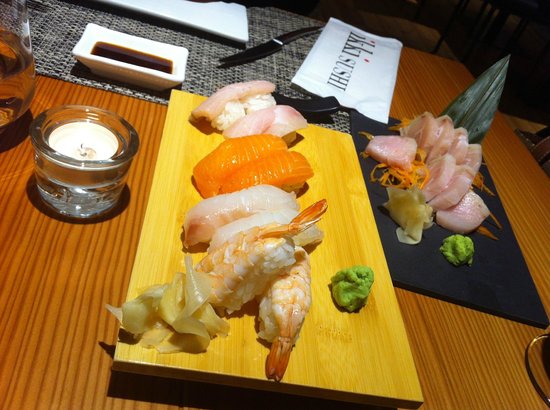If you are living and working in Spain, it is more than likely that you will have heard someone utter the words: "Spain has some of the finest food in the world."
And yet, many foreigners working as TEFL teachers become quickly disillusioned with Spain's gastronomic offerings. The reason behind this dissapointment lies in the difficulty of finding the right places to order the right things. It is unlikely that you will find an authentic taste of Spanish paella by ordering it in one of the busiest streets of the city center for a surprisingly affordable price. These are what I like to call "tourist traps", designed with inviting pictures to trick unsuspecting tourists into irrevocably changing their mind about Spanish cuisine, condemning it for all eternity to a pile of greasy messes and lots of bread.
The truth is, in order to get a true picture of the great food Spain has to offer, one is often reduced to 2 options: Travel to different regions to experience authentic dishes from that area or find restaurants from that part of Spain in your own town.
The former option is great for teachers who are still getting to know Spain. Taking advantage of those long weekends can provide some fantastic opportunities to visit different areas. These long hours of taking in all that history, culture and entertainment can work up quite an appetite, so what better way to top off your trip than with some culinary revelations? Below are a couple of popular trips you might want to check out while in Spain:
-
Valencia: Besides having a beach, it also has a beautiful mix of classic and contemporary architecture. It should also be noted that it has more festivities than any other region in Spain, they don't like to miss a party! I recommend visitting between March 15-19 during las fallas festival, to experience Valencia's idea of a party in all its glory. After enjoying the city's many offerings, hunger will inevitably strike. Not to worry though, Valencia is the Mecca of paella and it is just as varied as pasta is in Italy. There is a vast array of different grains of rice cooked with different techniques and ingredients. You could eat rice for a week and never eat the same dish. If rice is not for you, never fear, Valencia also has many staples from mediterranean cuisine, grilled sepia is worth mentioning and ali oli is never far from sight.
-
Galicia: For those people from cooler climates that are feeling nostalgic, Galicia might just ease your blues. It has many beautiful landscapes with green and open fields and a very rough coast line filled with rocks and cliffs. The coast there is relevant for several reasons. It faces a colder, wilder sea so it is much better for surfing, just make sure to bring a wetsuit with you! The other reason why the rough sea and cliff combination is relevant is much more delicious. They have these tiny crustaceans called goose barnacles that feed off the rocks there and they are considered a delicacy. Harvesting them requires a license due to the danger it entails, so you are better off getting them from your local fish monger. While you are there, make sure to enjoy the rest of the seafood they have to offer. You will be hard pressed to find fresher produce or more generous servings anywhere else in the country. It would also be foolish not to try their octopus (pulpo a la gallega) at least once.
There are many other worthwhile trips for your mind and your stomach to take during your stay in Spain, but these two should get you started.
If travelling is out of the question for you, keep an eye out for the next post, in which I'll offer up some of the best quality-price locations for you to eat like Royalty on a TEFL budget.
